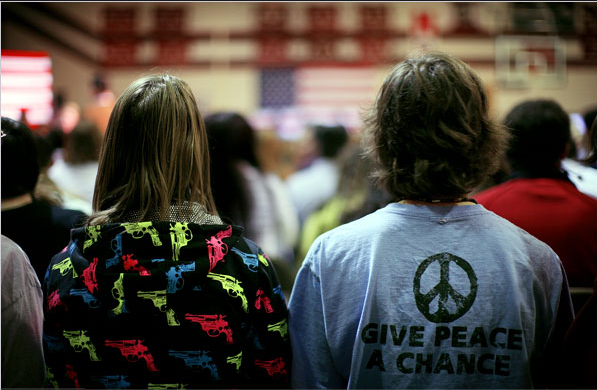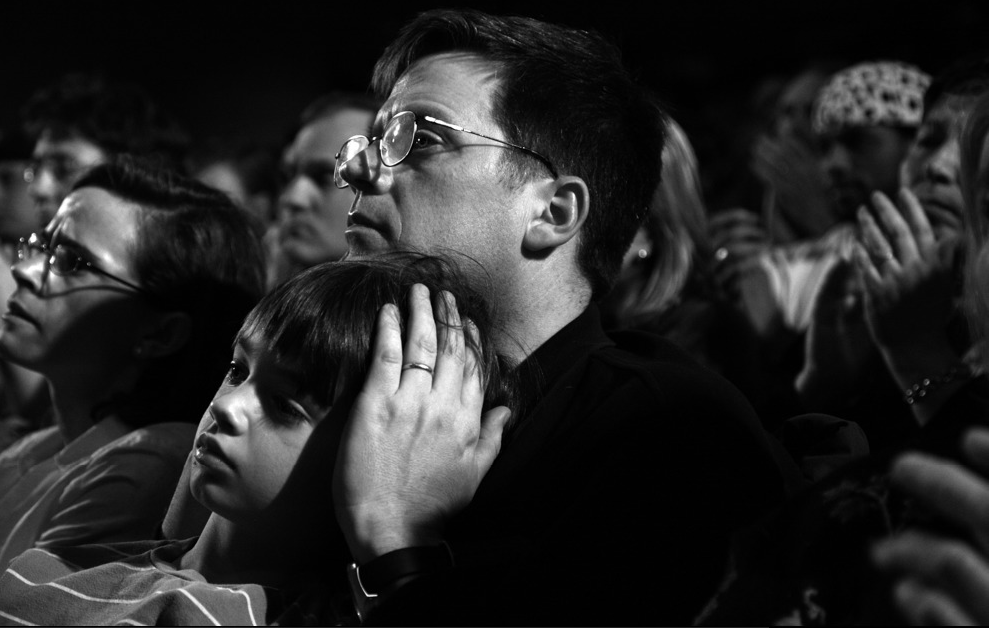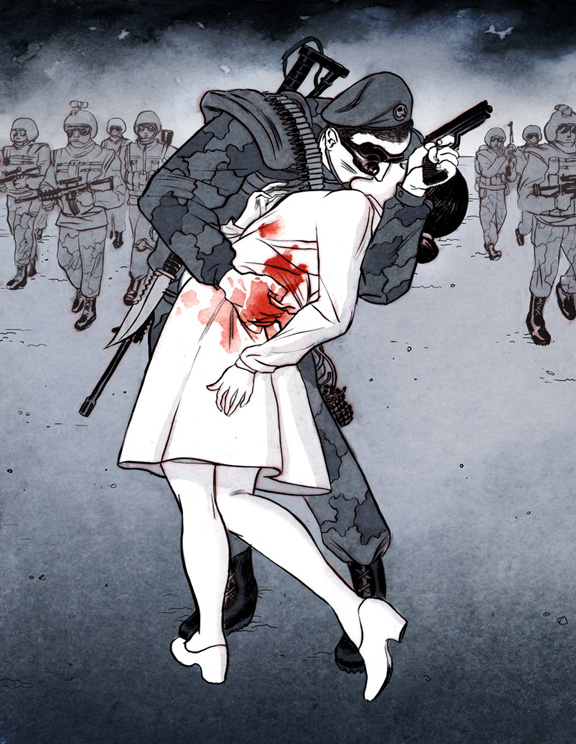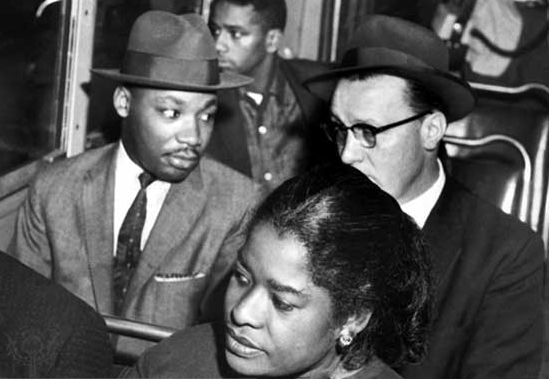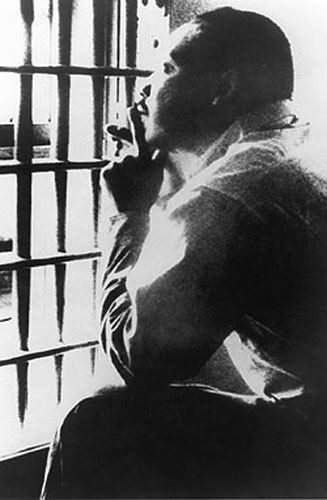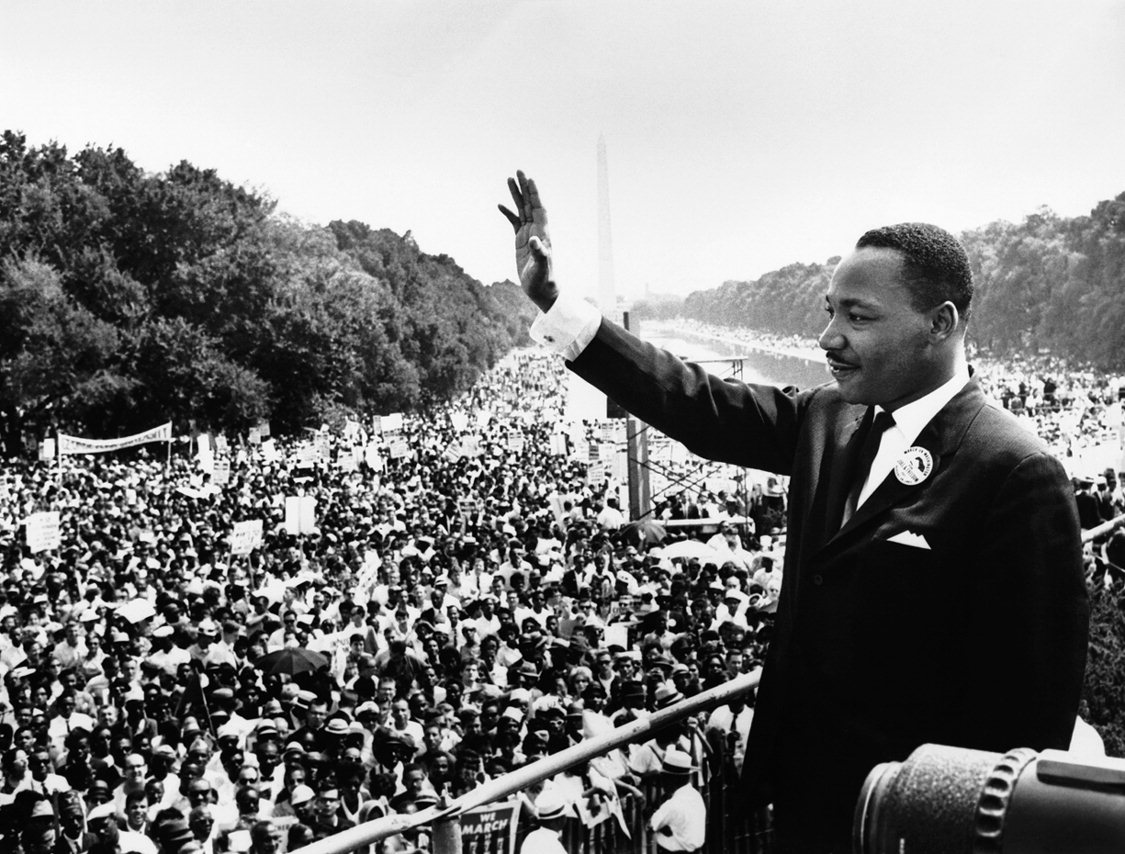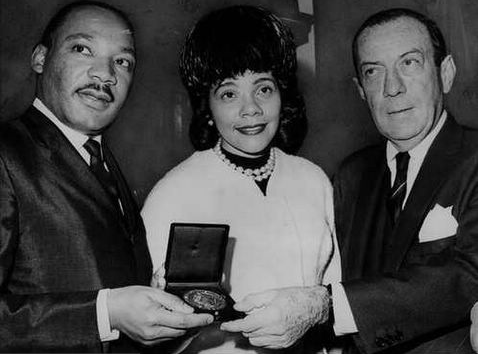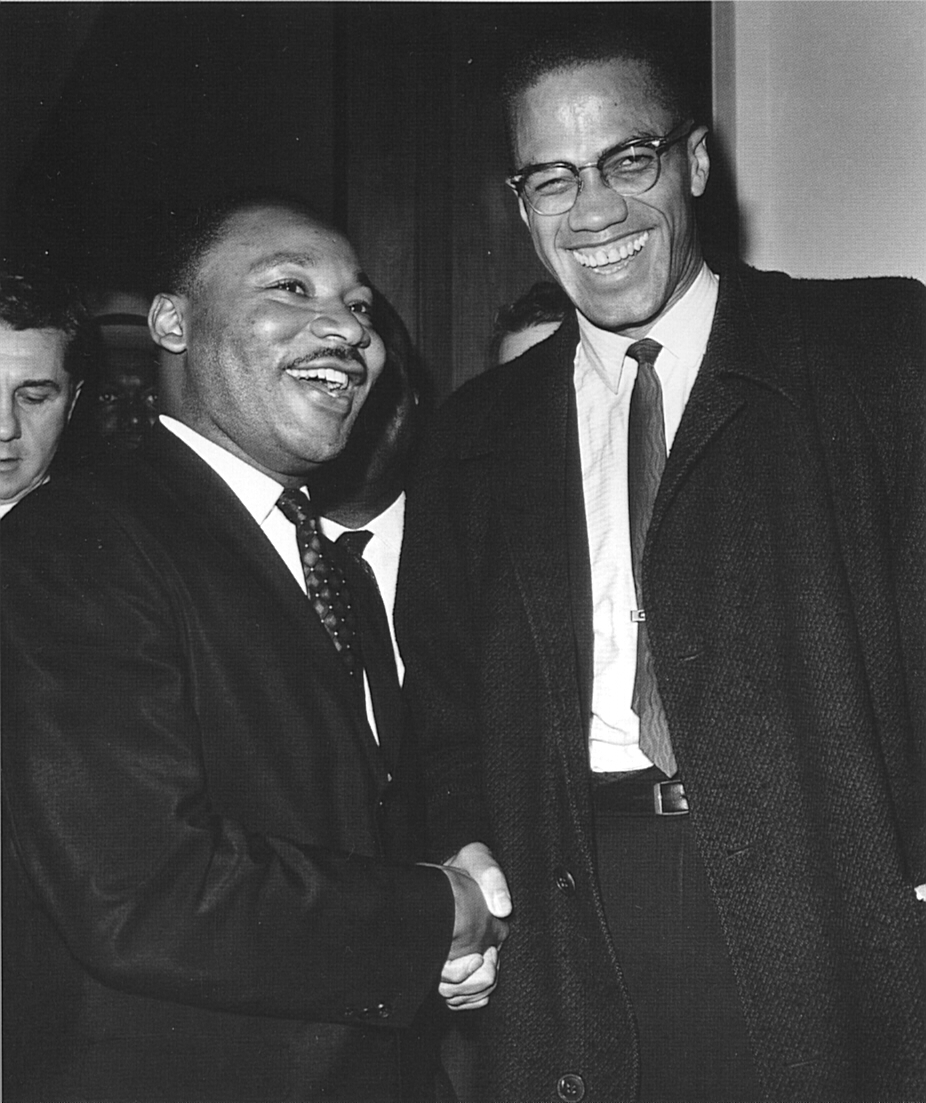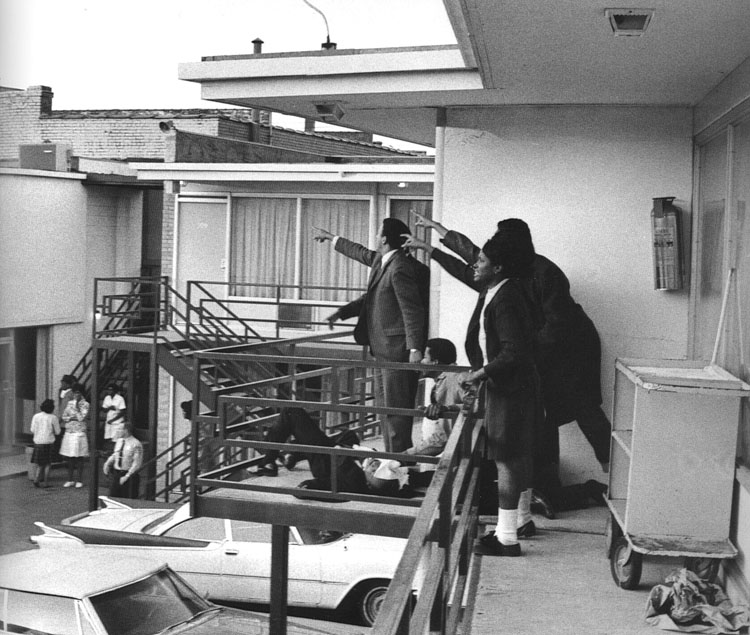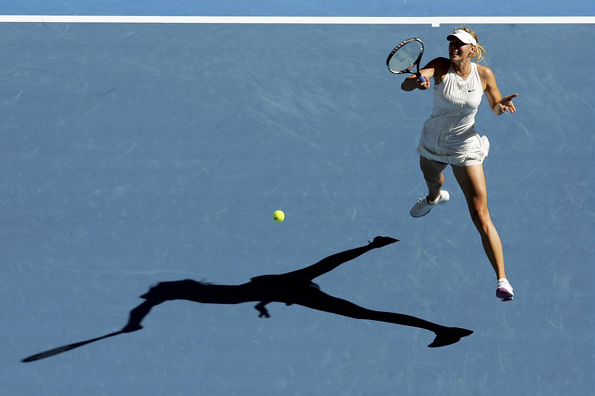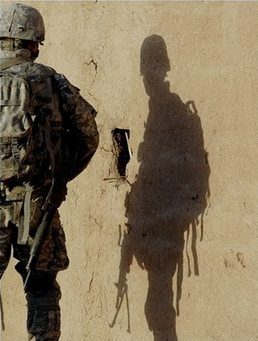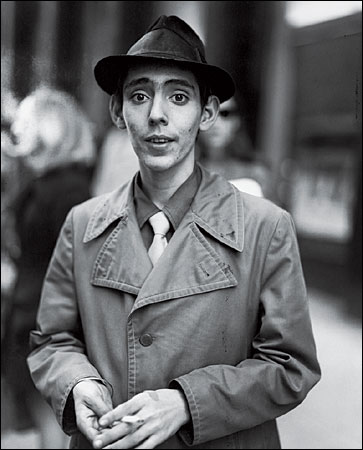Robert and I have not written very much about the current political season. Part of the reason is that our good friend over at the BAGnewsNotes, Michael Shaw, has been tireless in covering the campaign and we encourage our readers to check in there. But there is another reason as well, for while there was a time when the political campaign for president truly constituted a quadrennial season, something that political junkies like ourselves would look forward to, the current campaign seems to have transcended any sense of being seasonal; indeed, it has become altogether ordinary and everyday –- if not downright monotonous. I find myself checking in on the various candidates and their doings as a matter of mindless habit, much like the way I check in on the baseball box scores in mid-June (or the way in which some friends of mine watch the afternoon soap operas). And if I miss them for a day or two, or even a week, I can usually be confident that little of real or longstanding consequence will have changed.
The length and mundanity of the campaign seems to have taken its toll on photojournalists as well. If I see one more picture of the various candidates shaking hands with citizens, or speaking from the stump in a town square or in a quaint little café, or against flag draped backgrounds, or surrounded by spouses or celebrities with cheesy smiles … I think I might die from excessive exposure to visual cliché.* I realize that this seems like it is all that there is to capture visually in these contexts, that photojournalists are working on deadlines and the tried and true genres and conventions are easy to supply, and further that it is the media’s job to “report” what is actually happening (even if that turns out to be … well, nothing), but all of that may well be part of the problem. The campaigns have become so quotidian that it seems like there is nothing “new,” nothing really to see. Of course, one of the things that Robert and I have been suggesting all along is that it is precisely at such moments that we need to look all the more closely.
Consider this photograph from this week’s Sunday NYT:
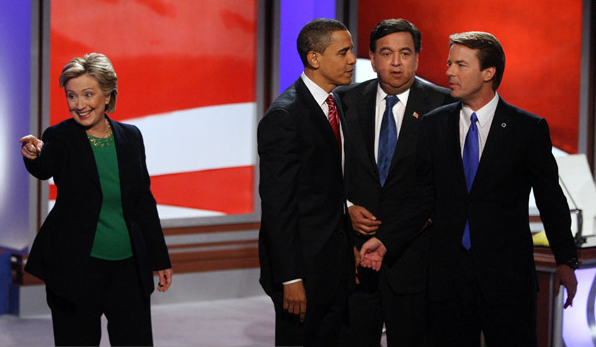
At first blush, it could be a photograph of a singing group, say, Hillary and the Three Pips (sorry, I couldn’t resist). But in fact it anchors a story about how Senators Obama and Edwards joined forces to “go after” Senator Clinton in a televised debate in Manchester, NH. The attack turned out to be pretty mild stuff, with Obama and Edwards accusing Senator Clinton of being an advocate of the status quo after she had suggested that Obama had unfairly characterized Edwards’s positions on several issues. And one can only imagine what Governor Richardson (the third “Pip”) might have been thinking when he noted that he had been in “hostage negotiations” that were “more civil.” In any case, apart from the separation of Clinton and the three men, it seems to be a rather generic and ordinary campaign picture. In fact, we have seen it before. Look at this photograph that Robert posted on in August:

The first thing to notice, of course, is how little has really changed. The staging and background are effectively identical to one another, with each enveloping the candidates in a red, white, and blue color scheme. Clinton is clearly separated from her three rivals in each image, and more, she stands in almost the exact same spot and strikes the exact same pose, presumably making contact with someone in the audience. She may even be wearing the same suit. The male actors have changed, but more in name than anything else as they all represent the Democratic party and the Washington establishment.
But of course the differences are pronounced. In August the separation of the four people seemed to be a function of random movement, and the sense in which Senator Clinton was disconnected from her rivals was minimal at most. In the more recent picture the separation seems forced, or rather calculated – the relationship between Clinton and the others is one of disconnection and not just separation. Note in this regard that while Clinton still looks out to the audience, seeking (or at least seeking to appear) to make contact with one or another of the spectators, the other three are talking to one another, a closed group seemingly oblivious to the fact that they are on stage or in front of an audience, while nevertheless appearing to conspire about what to do with this woman. One can almost hear them figuring out who will play what roll in the drama that is about to unfold (or if this is an after moment, assessing what actually took place). While in the earlier image Clinton seems to be channeling the energy of the audience, in the later image she seems “defiant,” rather as the title of the article suggests, standing strong and independent in opposition to the men bonding together to attack her.
And so, perhaps the photojournalist here has captured not just another in the continuing and everyday moments of the campaign, but what the editors have recognized as an image that goes beyond what words can say easily or prove (or what it might be injudicious for a journalist to report), i.e., a male conspiracy against the candidacy of the New York senator. The story does not seem to have achieved very much traction, however, and one has to wonder why.
One reason might be that the whole issue of opposition between the candidates seems so much like political melodrama put on simply to accommodate the daily news cycle. So, for example, take note of this photograph that also appeared in the NYT on Sunday.
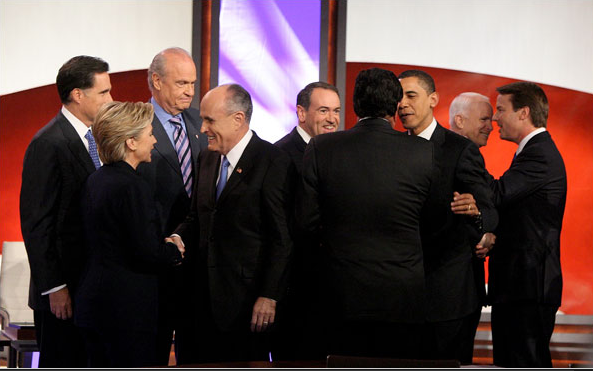
Here we have something close to the full slate of candidates for president kibitzing with one another in between the Democrat and Republican debates. No less staged than other pictures from the event – a picture of the performance of civility really – nevertheless it makes one wonder how the participants could be engaged in the incivility of hostage-like negotiations at one moment, and hand shaking and back slapping at another. Sure, Hillary is separated from the three Pips here, but it is hard to imagine that she has any more regard for those with whom she is socializing. The point, of course, is not to make light of public displays of civility, but to wonder what to make of them when they lack narrative fidelity with the stories being reported or seem to be altogether feigned, merely staged for the camera.
Then again, maybe it’s just another day in the never ending political season …
*UPDATE: Since writing this post I came across Alan Chin’s black and white photographs of the New Hampshire campaign. His work stands out as a stark exception to many of the claims made here. I will try to post on it in the near future, but in the meantime check it out at BAGnewsNotes.
Photo Credits: Doug Mills/NYT, Peter Wynn Thompson/NYT

3 Comments
